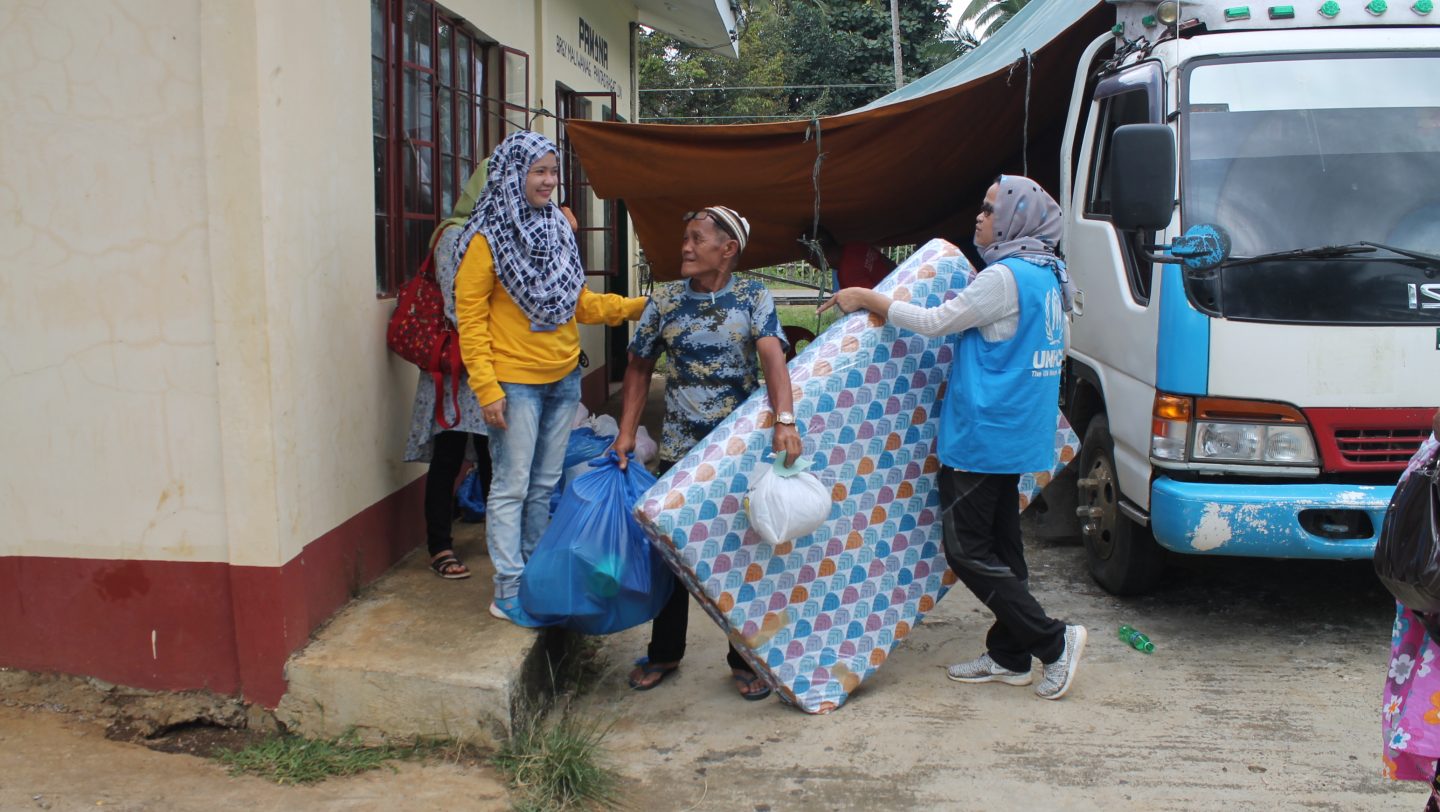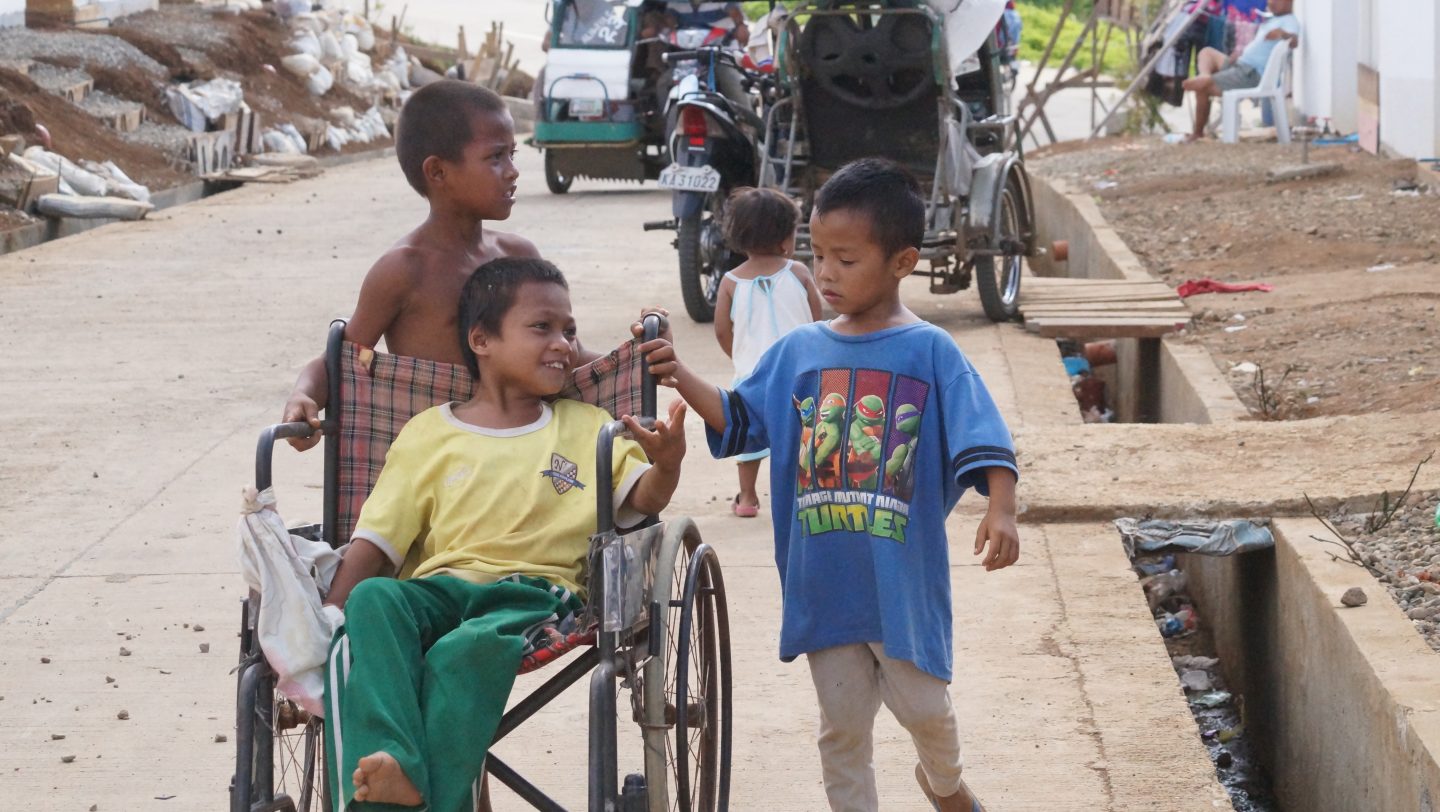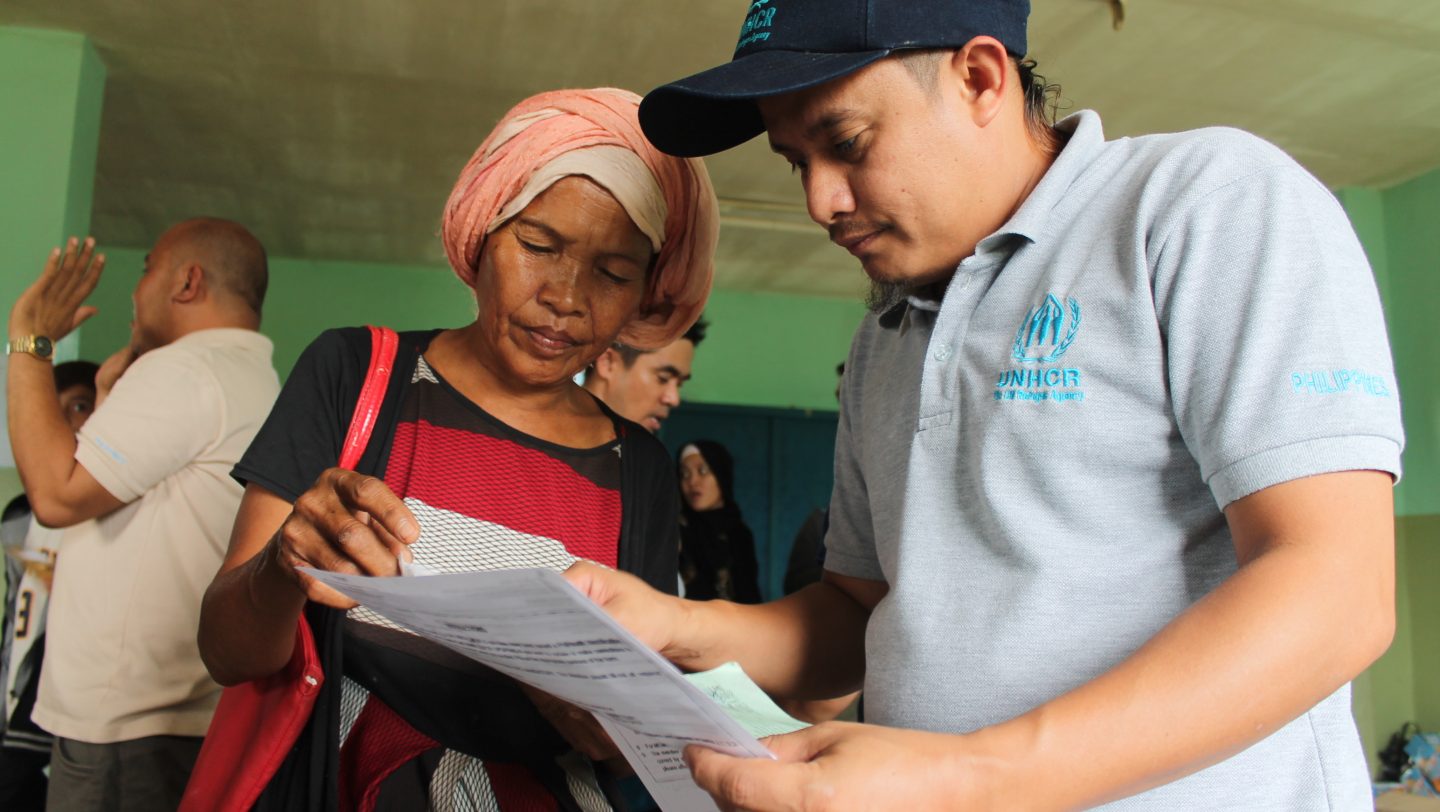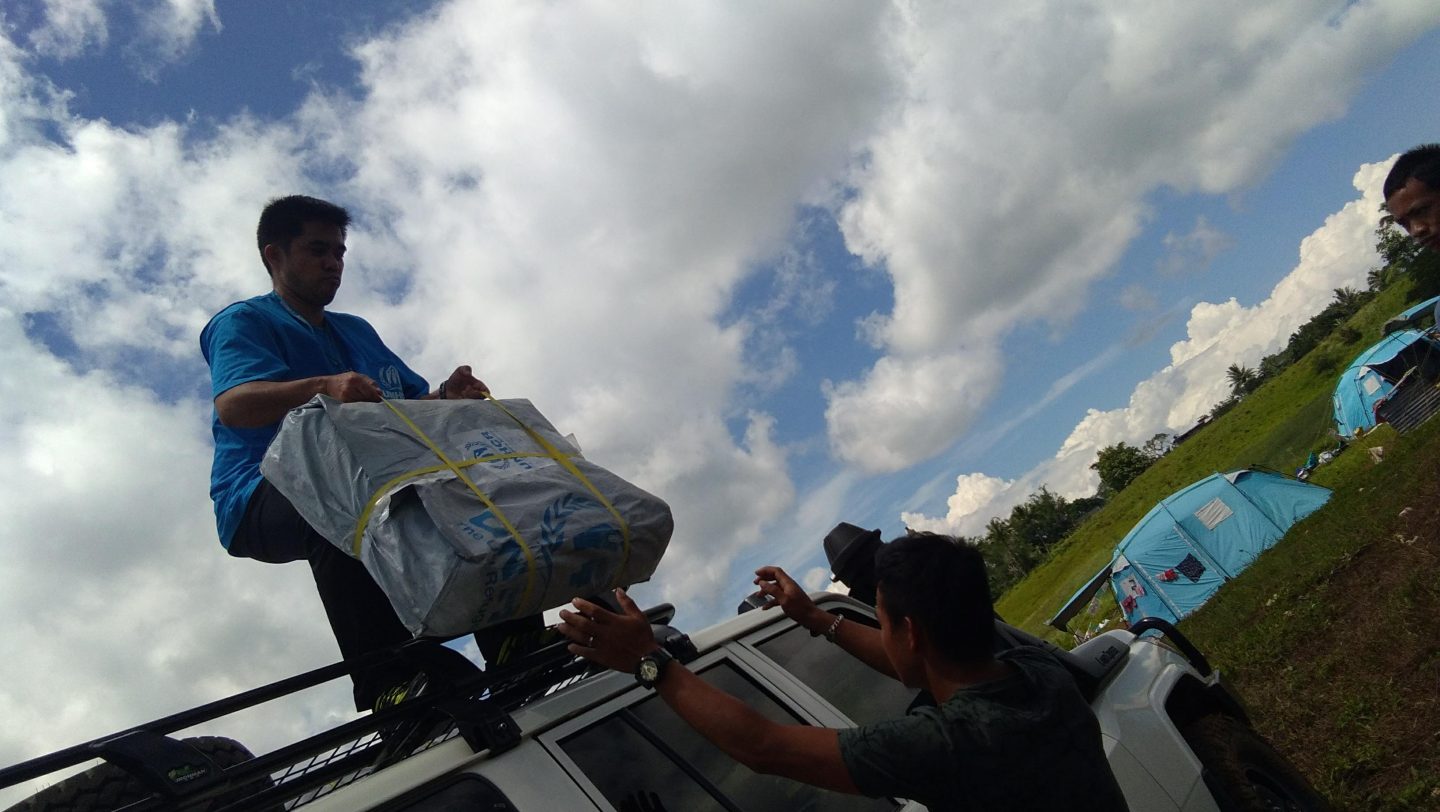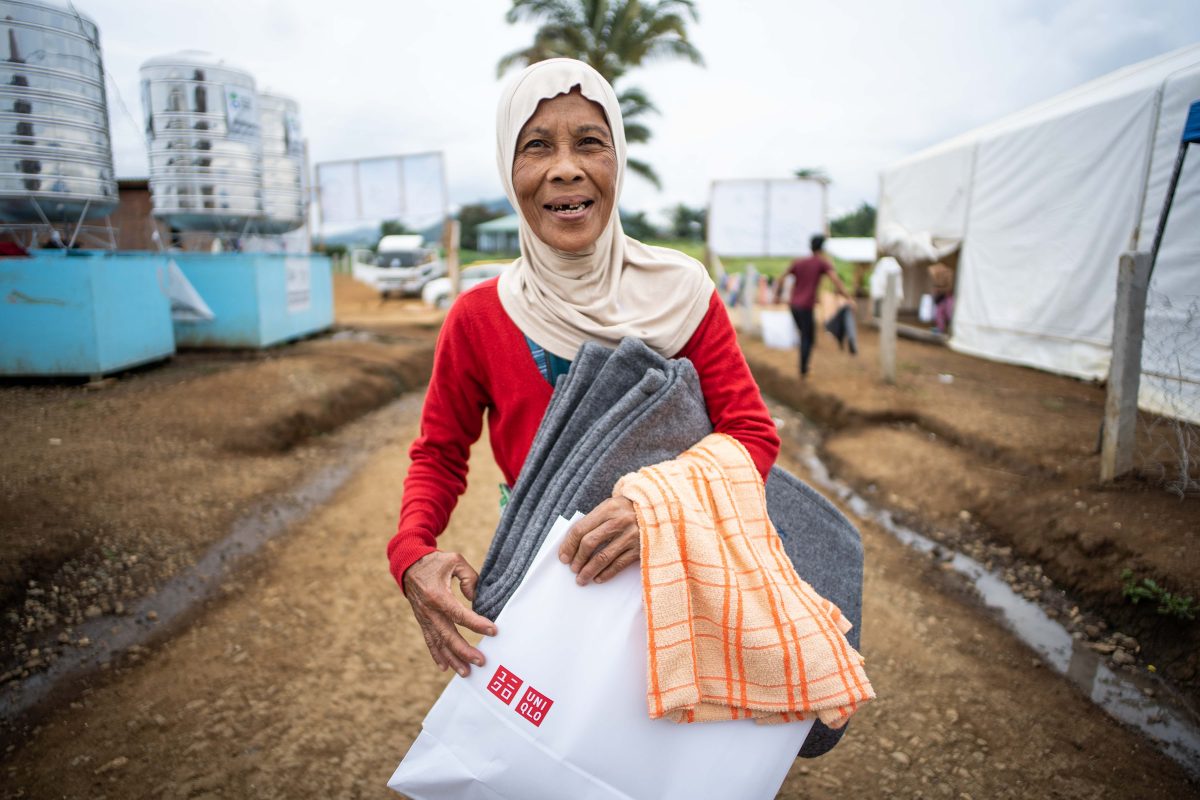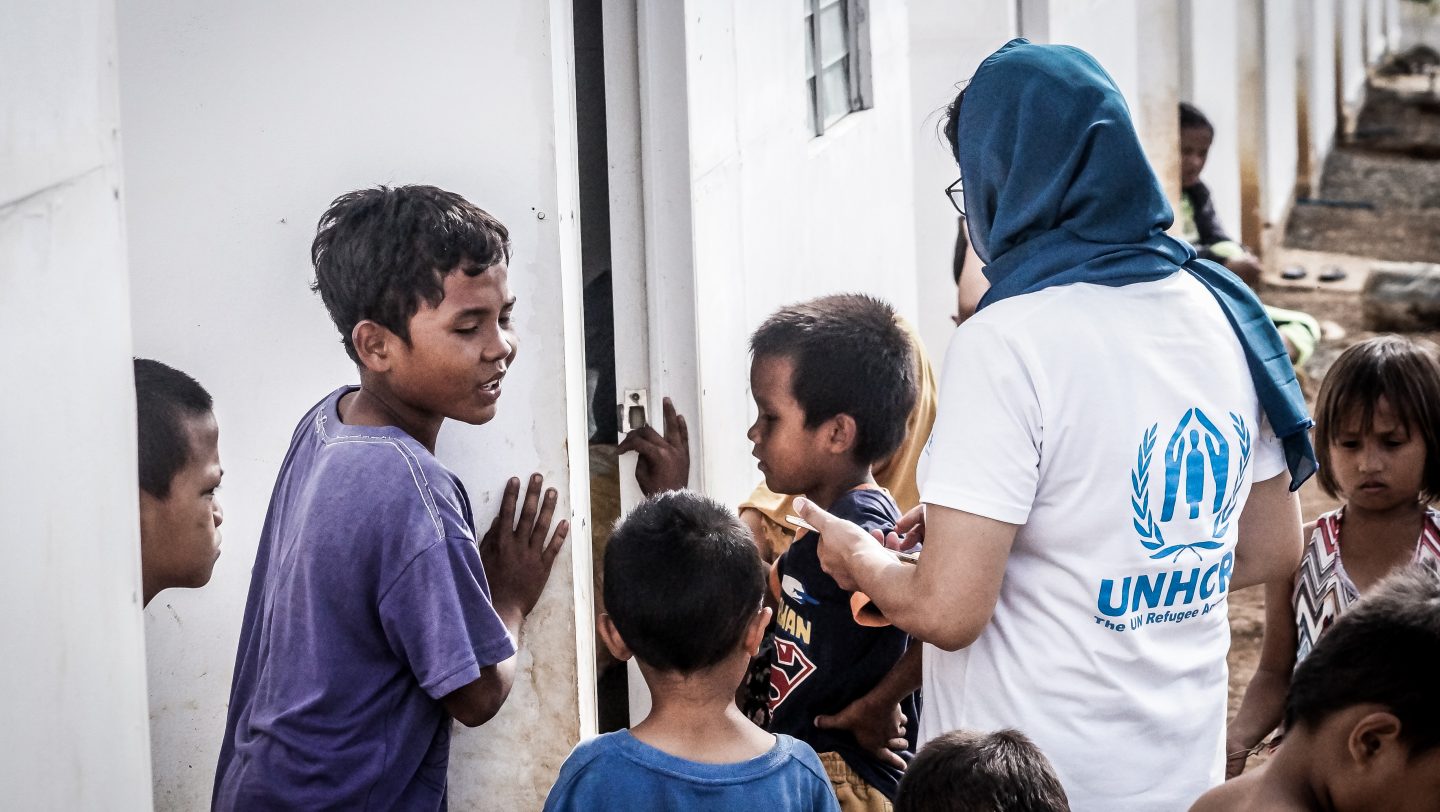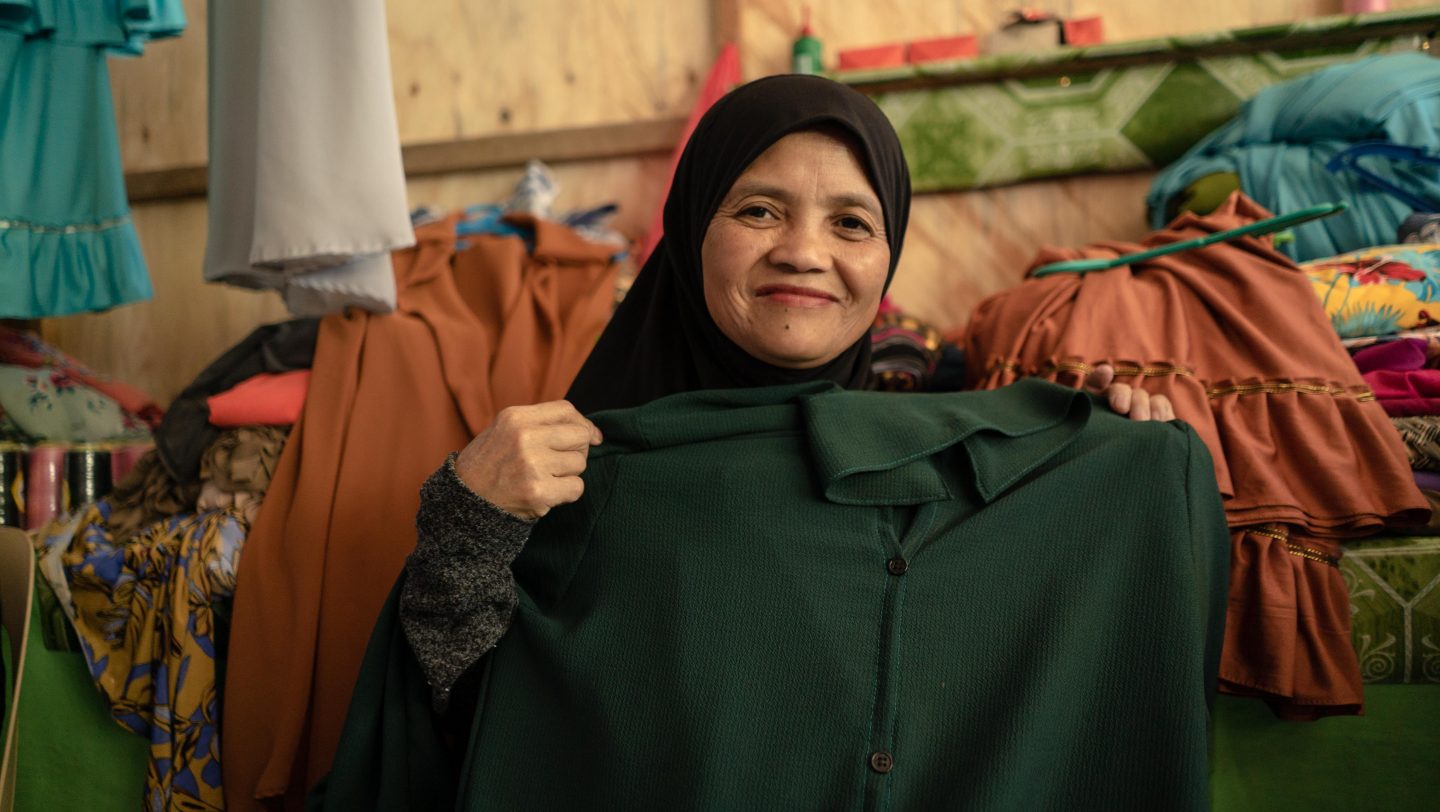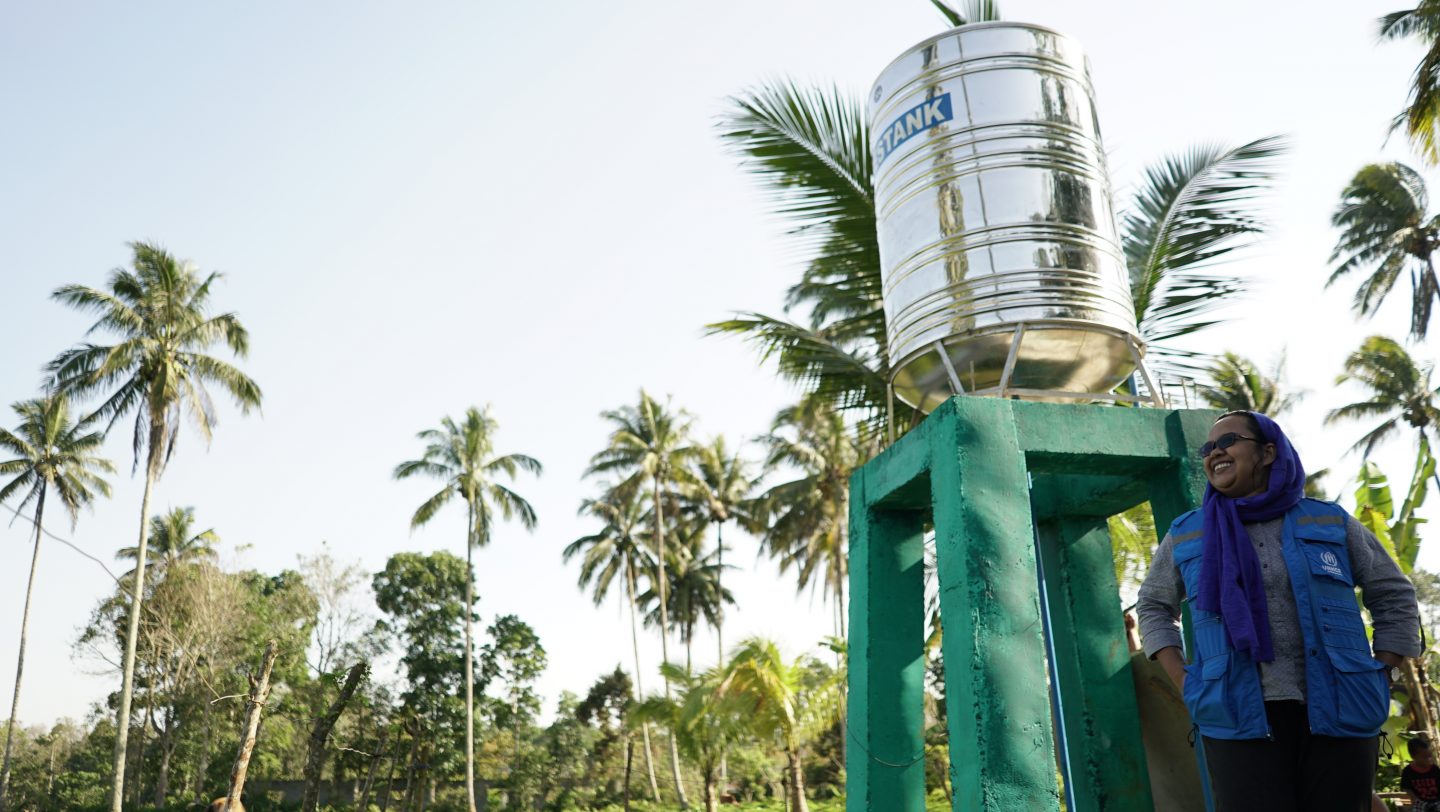Marawi, Three Years Later
Three years after the Marawi conflict, 126,775 people are still displaced, living in transitory shelters and community-based evacuation centers. With the threat of COVID-19, they have become even more vulnerable and are in urgent need of aid and protection.
It has been three years since armed groups stormed Marawi City. Thanks to the kindness of individual donors and our partners on the ground, much has been done to help the families who have been forcibly displaced. However, more than 120,000 individuals still live in displacement and are in need of protection and support. With your help, we will continue to address the most pressing needs facing them today: livelihood opportunities, access to learning for the children, health-related interventions, water, sanitation, and hygiene, and other quick impact projects that will allow them to rebuild their lives in safety and dignity.
The work continues
Those living in displacement continue to face difficulty to access basic services to help them rebuild their lives. UNHCR and its partners continue to work on the ground to provide protection and quick-impact projects to safeguard the rights of families still living in displacement.
The threat of COVID-19 heightens the risk of displaced families and their communities. Among their most pressing nneeds include:
- Access to hygiene facilities. The need for water and hygiene projects remains to be a continued concern. Water can be difficult to come-by in transitory shelters. The lack of this necessity puts families at risk of diseases including COVID-19.
- Access to livelihood. Internally displaced families have their livelihoods disrupted by the community quarantine.
- Access to information. IDPs have limited access on relevant information on COVID-19. Not all information that they access are reliable as some are coming from unauthorized persons.
Share on Facebook Share on Twitter


